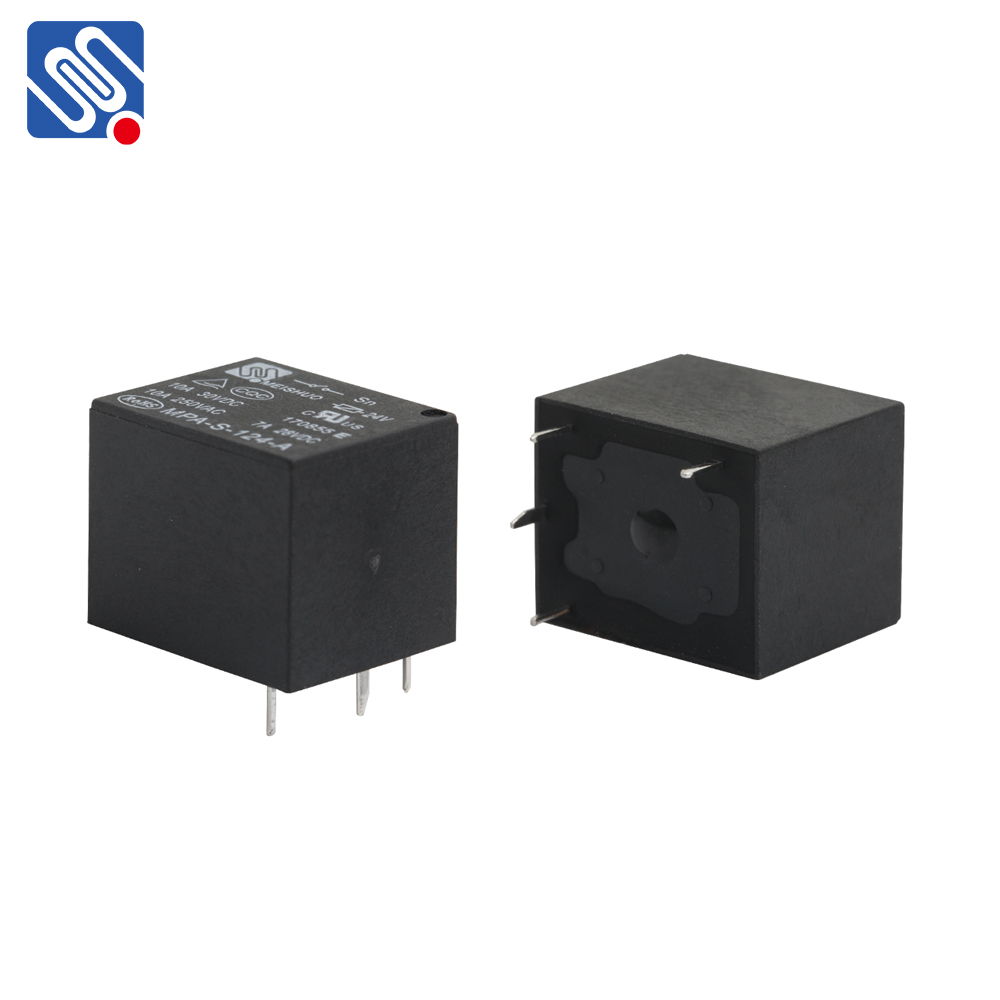Relay circuits are fundamental components in electrical engineering and play a crucial role in various automation and control systems. A relay is an electromechanical switch that uses an electromagnetic coil to control the opening or closing of contacts in a circuit. This enables the relay to act as an intermediary between a low-power control signal and a high-power load, allowing electrical systems to be controlled safely and efficiently.

The Basic Principle of Relay Circuit Design The core principle behind relay circuit design is the use of a relay to control the flow of current in a circuit. The relay consists of several key parts: the coil, which is energized by the input control signal; the armature, which moves when the coil is activated; and the contacts (typically NO – Normally Open, and NC – Normally Closed). When the coil is energized, the magnetic field created pulls the armature, causing the contacts to either open or close, depending on the type of relay. This action either connects or disconnects the output circuit, allowing or interrupting the flow of current to the load.